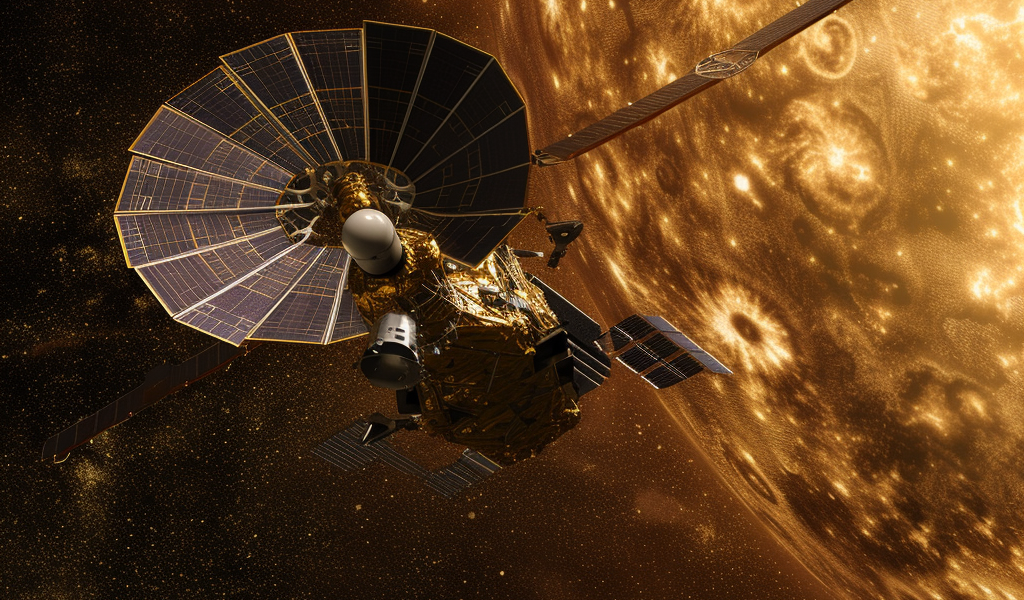The NASA spacecraft Lucy is embarking on an exciting journey to explore the distant realms of the Trojan asteroids. Fresh off its first asteroid encounter, Lucy is now gearing up for the next phase of its mission, transitioning from its orbit around the Sun to a new trajectory beyond the orbit of Jupiter.
Recently, Lucy fired its main engine for the first time in space, marking the commencement of a series of maneuvers to change its velocity and position it for an upcoming Earth gravity assist in December. This maneuver will use Earth’s gravity as a slingshot to propel Lucy towards the distant Trojan asteroids.
Lucy’s upcoming trajectory will take it beyond the orbit of Jupiter, where it will explore the Trojan asteroids. The spacecraft is set to fly within 230 miles of Earth before venturing into the main asteroid belt, where it will encounter asteroid Donaldjohanson in April 2025, before heading out to the Jupiter Trojan asteroid swarm.
During its tour of the Trojan asteroids, Lucy will visit several fascinating celestial bodies, including Eurybates and its binary partner Queta, Polymele and its binary partner Leucus, Orus, and the binary pair Patroclus and Menoetius. These encounters are scheduled to take place in 2027.
Unlike its previous maneuvers, which involved minor velocity changes, Lucy’s upcoming deep space maneuvers are set to significantly alter its velocity by around 2,000 miles per hour, consuming roughly half of the spacecraft’s onboard fuel. These maneuvers are crucial in preparing Lucy for its in-depth exploration of the Trojan asteroids.
Launched in October 2021, Lucy is on a mission to study the Trojan asteroids, a group of rocky bodies that lead and follow Jupiter as it orbits the Sun. With its recent engine firing and upcoming maneuvers, Lucy is poised to unlock new insights into these enigmatic celestial bodies, providing valuable data to deepen our understanding of the solar system’s composition and history.





